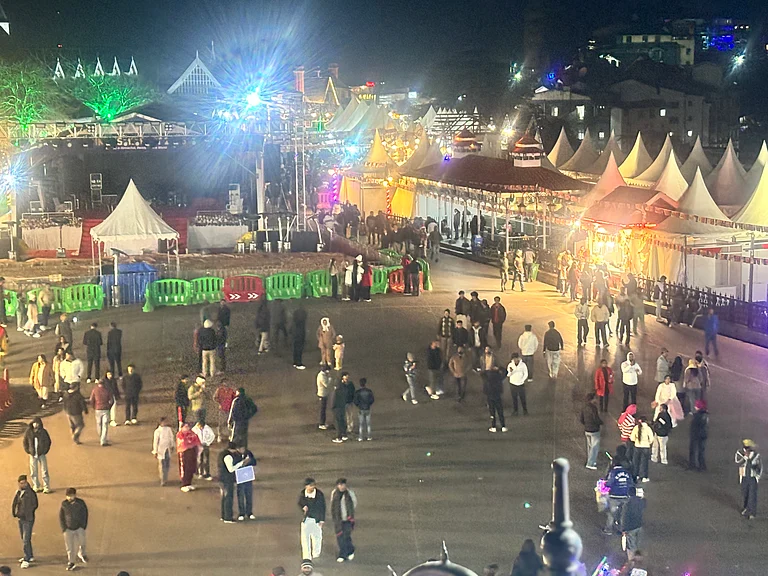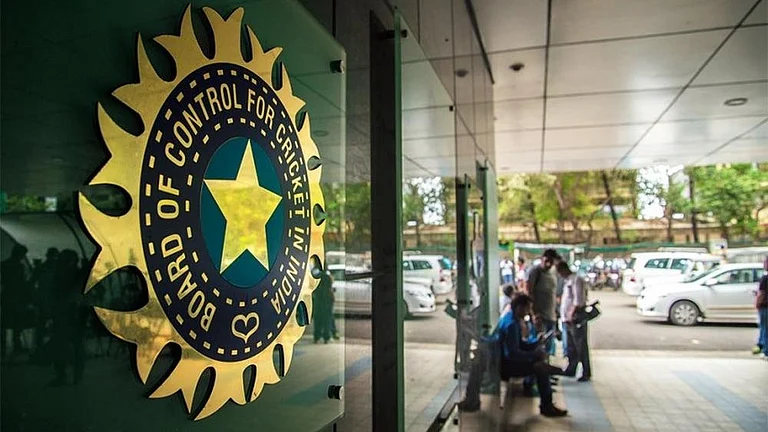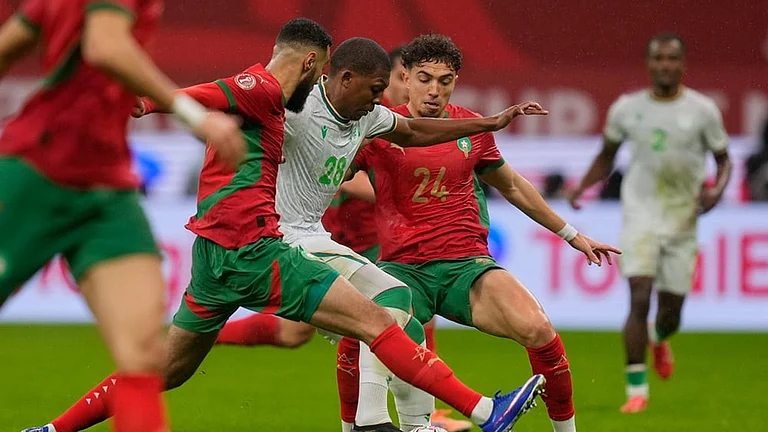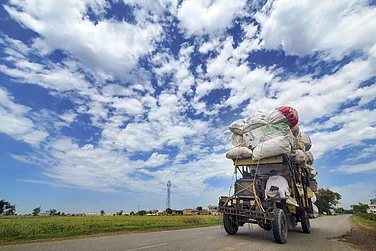Tipu Sultan, The ‘Tiger of Mysore’ has found a new place of discussion and debate at the centre of BJP’s election campaign ahead of the Karnataka polls of 2023. In its bid to retain power in the southern state, the saffron party is sewing an alternative narrative of the death of the ruler of Mysore in the 18th century.
The BJP has invented two Vokkaliga characters—Uri Gowda and Nanje Gowda—who they claim, without any evidence, killed the Mysuru ruler Tipu Sultan in 1799. In one of its earlier reports, ‘Karnataka Election: Tipu Sultan's Death Continues To Be A Talking Point’, Outlook relays how the vilification of ‘Sultan’ by the Hindu right is not new, but in this election campaign, Tipu has been pushed to an even more central position. For electoral gains, the BJP has tried to resurrect Tipu and forced voters to re-imagine his death.
However, historians, opposition leaders and prominent Vokkaliga seers too have shot down the BJP’s fantastical theory calling it fake.
Against the backdrop of the ongoing narrative around Tipu Sultan’s death and Karnataka politics, we revisit the life of the ‘Tiger of Mysore’ and take a close look at the major events that lined his rule.
Born to a military family (1750)
Tipu Sultan was born on November 20, 1750, to military officer Hyder Ali of the Kingdom of Mysore and his wife, Fatima Fakhr-un-Nisa in Devanhalli. He was named Fath Ali but he was also called Tipu Sultan after a local Muslim saint, Tipu Mastan Aulia.
Well-trained and educated on military strategy and tactics under French officers from an early age, in 1766, for the first time, Tipu applied for military training in a battle when his father went on an invasion of Malabar. He was successful in having the opponents surrender.
First Anglo-Mysore War (1767-69)
At the age of 17, Tipu accompanied his father to wage war against the British rulers, who in 1767, a coalition with the Nizam and the Marathas, and together they attacked Mysore. While his father, Hyder Ali sought an agreement with the Marathas, Tipu was successful in coercing the Nizam to join the fight with Mysore against the British. While a successful battle was fought with Tipu commanding a corps of cavalry and invading Madras (now Chennai) to ward off the British, the latter had a humiliating defeat. The British had to sign a 1769 peace agreement with Hyder Ali called the Treaty of Madras.
Tipu Sultan’s role in fighting the Marathas (1771)
When the Marathas invaded Mysore in 1771, the British withdrew its aid to Hyder Ali without honouring the Treaty of Madras. However, during this time Tipu Sultan played an important role in fighting off the Marathas and helping his father to retain the empire.
The Second Anglo-Mysore War (1780–1784)
When the British conquered the French-occupied port of Mahe on the Mysorean coast to push the French out of India, Hyder Ali was forced to declare another war in 1780. It was during this time, that Tipu Sultan was sent with 10,000 cavalry and infantry soldiers to intercept Colonel William Baillie and fight against Baillie's combined British East India Company and Indian force and inflicted on them the worst defeat the British had suffered in India. Tipu Sultan defeated Colonel Braithwaite at Annagudi near Tanjore on 18 February 1782. Further, in December 1781 Tipu Sultan successfully seized Chittur from the British.
The war went through a couple of sieges and finally ended in early 1784 with the East India Company signing the Treaty of Mangalore on March 11, 1784.
Tipu succeeds the throne (1782)
While the second Anglo-Mysore war was raging, Tipu Sultan had gained sufficient expertise in the military. On December 29, 1782, he succeeded to the throne of Mysore after Hyder Ali died on December 7.
Although the British hoped that the transition of power would make it easier for them to invade Mysore, but Tipu Sultan’s regime and his tough military skills thwarted the British.
Third Anglo-Mysore War (1789-1792)
During the third war, the kingdom of Mysore did not receive any aid from their usual French ally and the British with a stronger force, besieged Tipu's capital city of Seringapatam. In 1793, the Treaty of Seringapatam was signed when the British and the Marathas took half of Mysore. Further, Tipu’s two sons were captured as hostages to demand war indemnities from the ‘Tiger of Mysore’. They were soon let out by Tipu.
Fourth Anglo-Mysore war and death of Tipu Sultan (1799)
By this time, the British had gained enough resources to destroy Tipu Sultan. The fourth Anglo-Mysore war saw the end of the rule of Tipu Sultan, when the British-led coalition of nearly 50,000 troops marched toward Tipu Sultan's capital city of Seringapatam in February 1799. Although Tipu Sultan sought a peace agreement from the British East India Company, it was of no success.
In early May, when the British military broke the walls of Seringapatam, Tipu rushed to defend it and during the battle, on May 4, he was killed. Tipu Sultan was killed at the Hoally (Diddy) Gateway, which was located 300 yards (270 m) from the N.E. Angle of the Srirangapatna Fort.






.jpg?w=801&auto=format%2Ccompress&fit=max&format=webp&dpr=1.0)



















